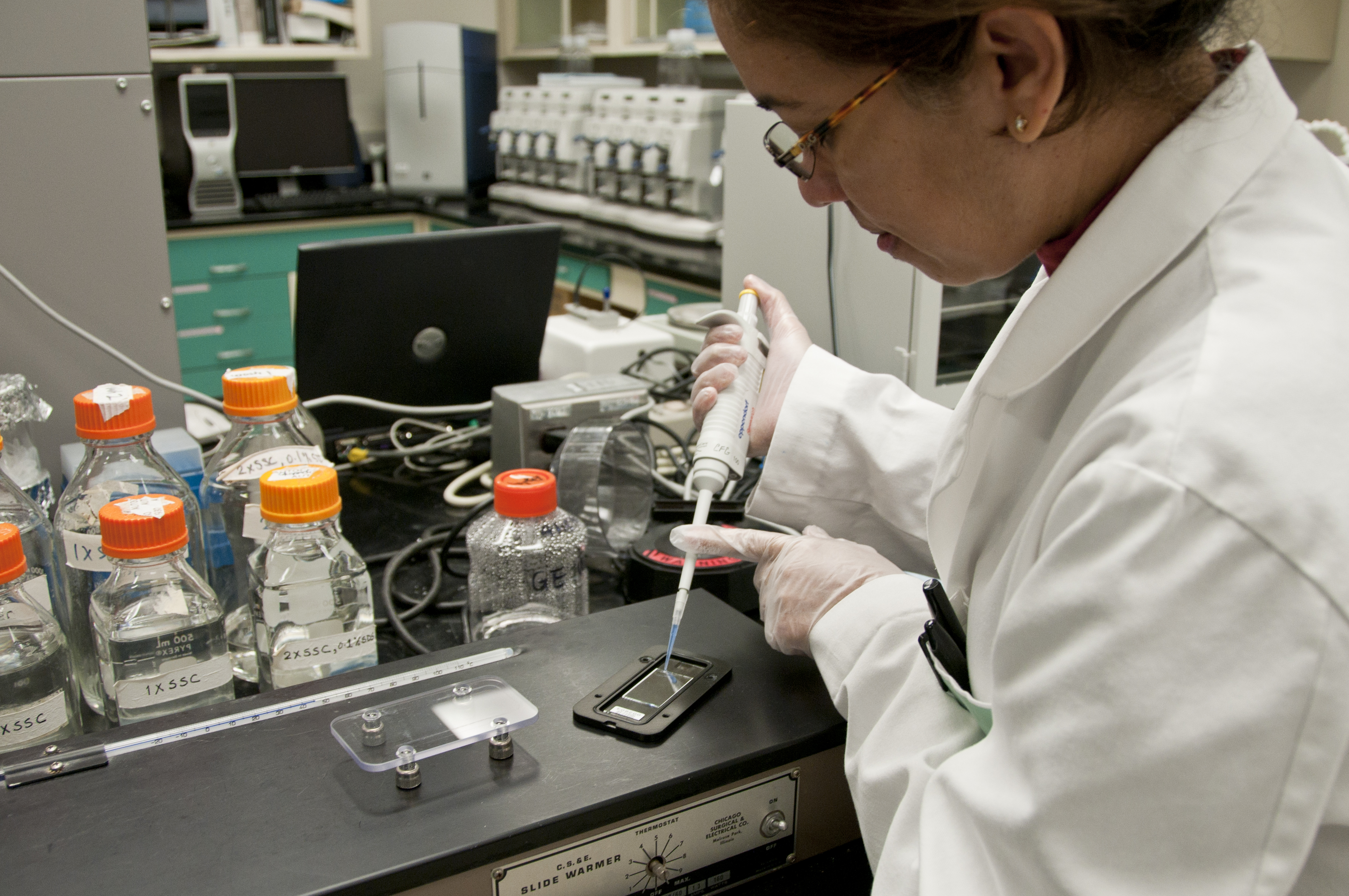
Photo from academic.microsoft.com
Co-infections in critically ill patients hospitalized for severe acute respiratory syndrome coronavirus 2 (SARS-CoV-2) infection have an important impact on the outcome of coronavirus disease 2019 (COVID-19). We compared the… Click to show full abstract
Co-infections in critically ill patients hospitalized for severe acute respiratory syndrome coronavirus 2 (SARS-CoV-2) infection have an important impact on the outcome of coronavirus disease 2019 (COVID-19). We compared the microbial isolations found in COVID-19 patients hospitalized in an intensive care unit (ICU) with those in a non-COVID-19 ICU from 22 February to 30 April 2020 and in the same period of 2019. We considered blood, urine or respiratory specimens obtained with bronchoalveolar lavage (BAL) or bronchial aspirate (BASP), collected from all patients admitted in ICUs with or without COVID-19 infection. We found a higher frequency of infections due to methicillin-resistant (MR) staphylococci, vancomycin-resistant Enterococcus faecium, carbapenem-resistant Acinetobacter baumannii and Candida parapsilosis in COVID-19-positive patients admitted in ICUs compared to those who were COVID-19 negative. Carbapenem-resistant Pseudomonas aeruginosa was more frequently isolated from patients admitted in non-COVID-19 ICUs. Several conditions favor the increased frequency of these infections by antibiotic-resistant microorganisms. Among all, the severity of the respiratory tracts was definitely decisive, which required assisted ventilation with invasive procedures. The turnover in the ICU of a large number of patients in a very short time requiring urgent invasive interventions has favored the not always suitable execution of assistance procedures. No less important is the increased exposure to infectious risk from bacteria and fungi in patients with severe impairment due to ventilation. The highest costs for antifungal drugs were shown in the ICU-COVID group.
Journal Title: International Journal of Environmental Research and Public Health
Year Published: 2021
Link to full text (if available)
Share on Social Media: Sign Up to like & get
recommendations!